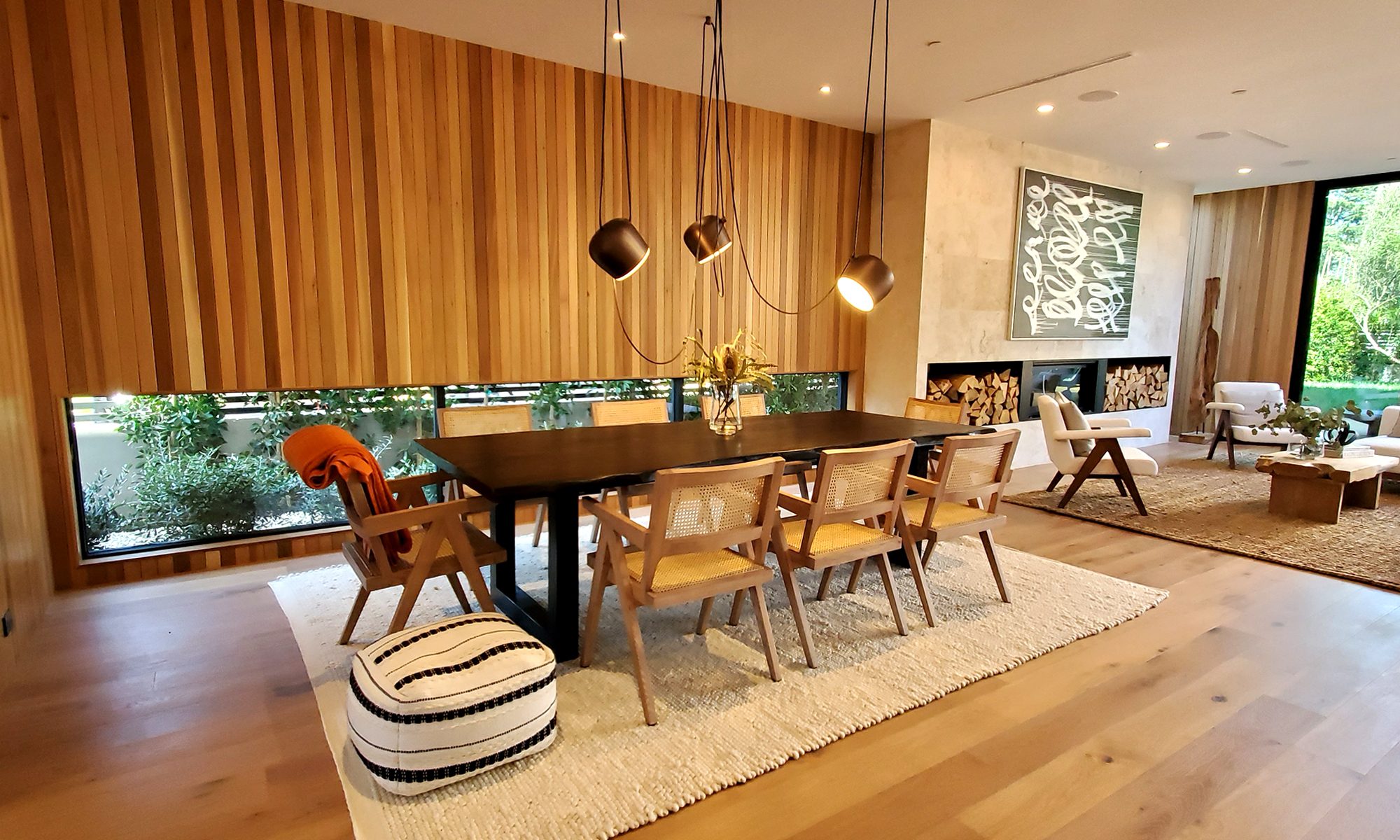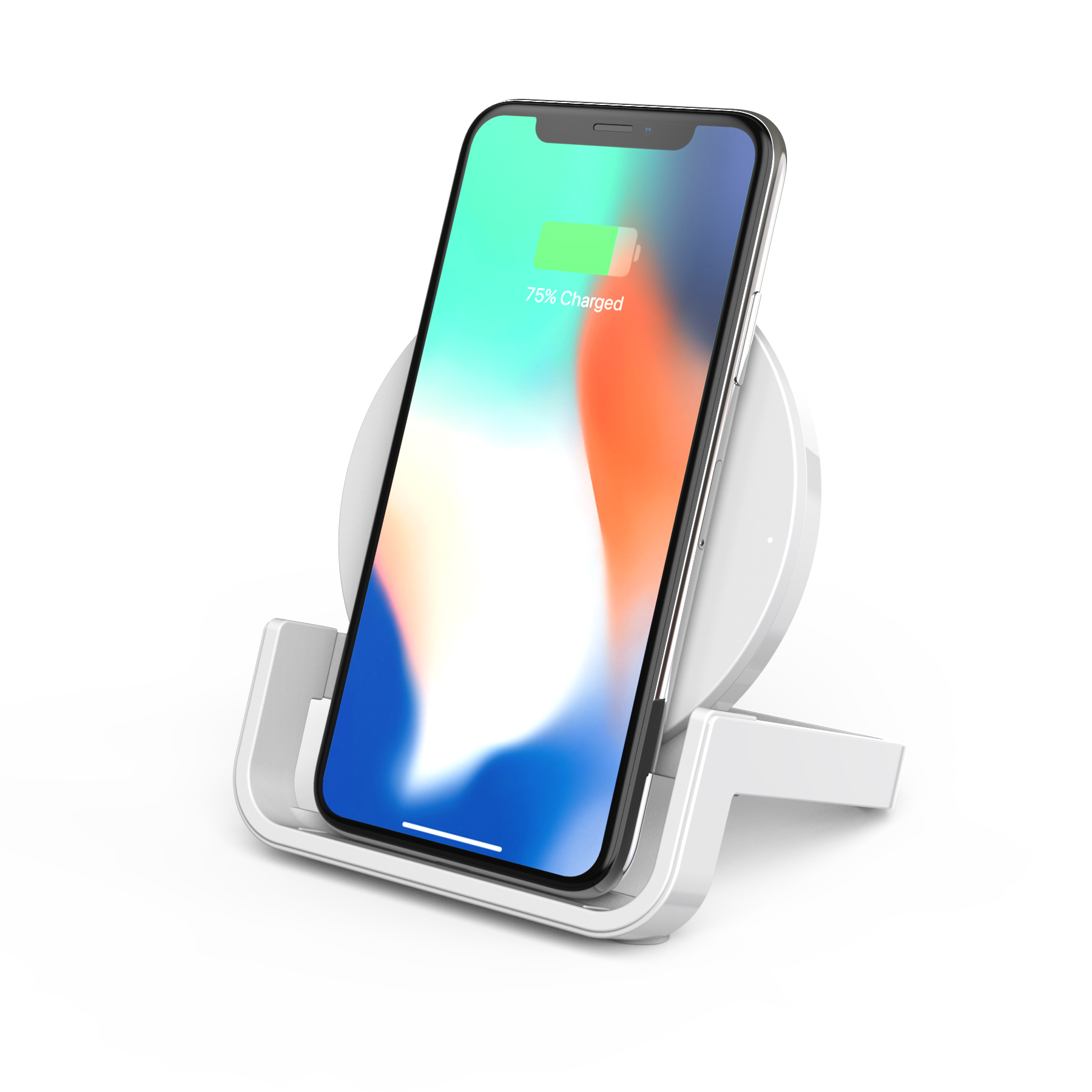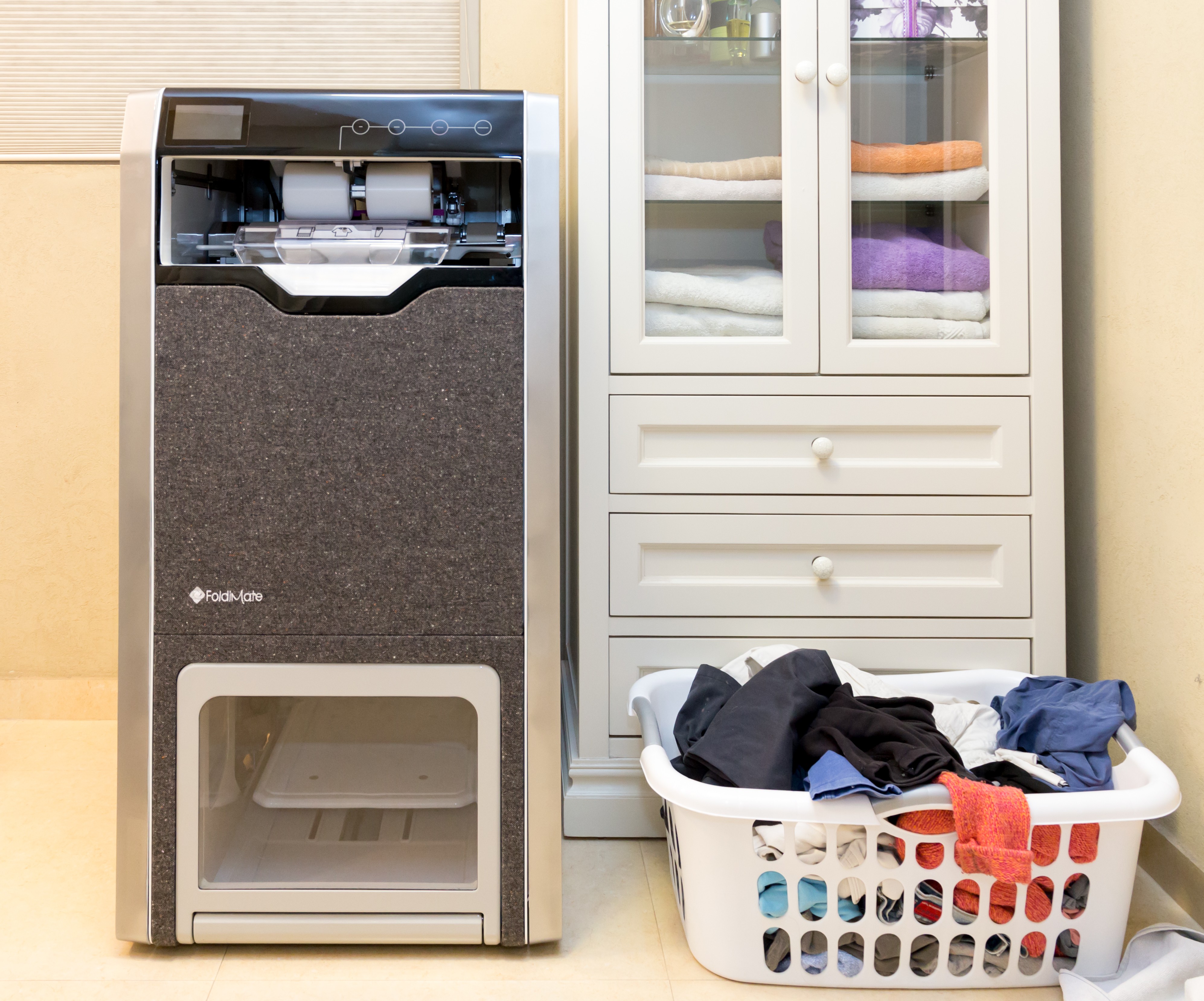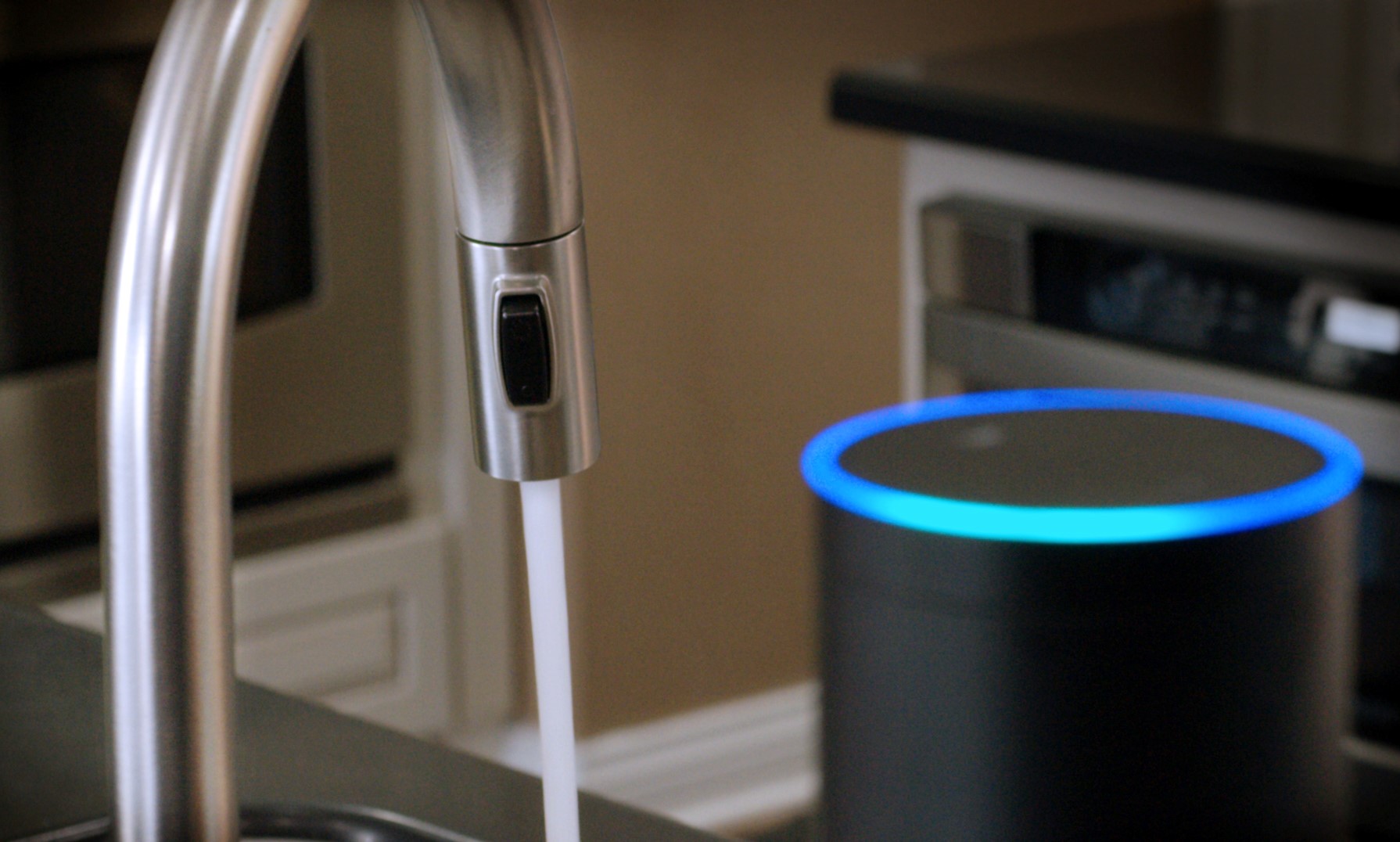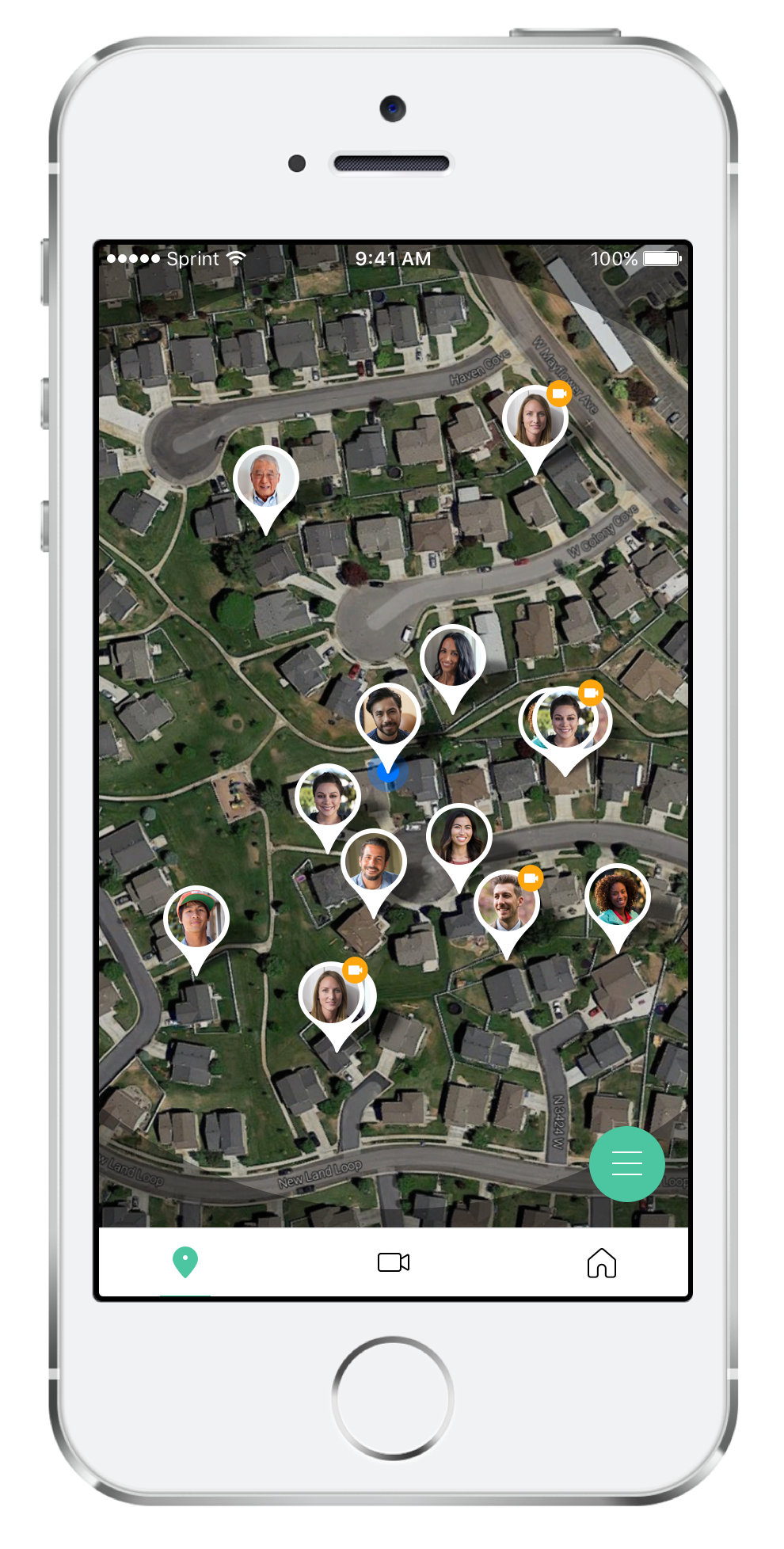
Technology is transforming current Architecture and Interior Design concepts. A new home design by New York’s Steven Holl Architects illustrates some of these new trends. The home is designed to be self-sufficient, drawing power from geothermal and solar energy, with thin-film photovoltaic cells connected to a battery energy storage system. The home’s wood and glass are locally-sourced, lowering the carbon footprint of the construction process. All interior fixtures are made from 3D-printed materials.
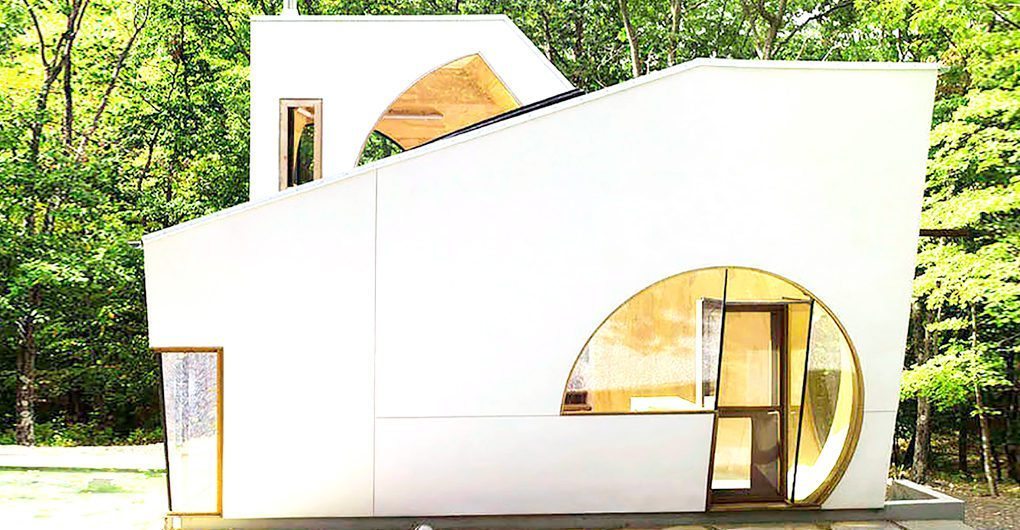
This combination of sustainability, 3D-printed construction and alternative materials illustrates three trends that are driving changes in home design. Along with connectivity to the Internet of Things, these trends are playing a role in reshaping the look of tomorrow’s home.
Sustainable Home Design
Demand for sustainability and resiliency is one of the biggest trends driving home design. In addition to concern for the environment and cutting energy costs, recent hurricane disasters have contributed to demand for homes that are resilient to the worst weather conditions; homes like this in Mississippi which was designed and rebuilt after Hurricane Katrina.

To achieve this, home builders are incorporating a number of guidelines for designing home exteriors and interiors. For example, wider exterior wall studs and Energy Star-rated windows promote better insulation. Extra windows, skylights and light tubes support passive heating, cooling, ventilation and lighting. Concern for energy conservation is favoring energy-efficient choices for water heaters, heating and cooling systems, light fixtures, and appliances. Concern for water conservation is reshaping kitchen and bathroom design to favor water-saver faucets and shower heads and low-flow toilets.
Until we find a way to print 3-d flooring, rest assured sustainability is a Carlisle cornerstone, from our harvesting methods for the raw materials to our recycling practices post production and the overall life cycle of a Carlisle floors in a space. We like to think we were doing it “before it was cool” and you can learn more about Carlisle’s sustainability practices here.
3-D Printed Construction
Three-dimensional printing is another trend reshaping home design. The prospect of using 3-D printing for homes gained attention when Chinese firm Huashang Tengda built the world’s first 3D-printed home in 45 days using special reinforced concrete. As this technology progresses, you want to make sure the interior design products, like your floor covering, is compatible with this type of structure and sub-floor. You can learn more about Carlisle wide plank floors and installing to concrete here.
Chicago’s WATG Urban Architecture Studios has pioneered the application of design principles to 3-D printing with an award-winning innovative home called “Curve Appeal.” Inspired by the natural look of a cave, the home uses a curving, arcing structure that is composed of 3D-printed plastic and carbon-fiber panels that form an exterior skin and interior core.

Transparent glass forms many of the walls to minimize artificial lighting needs, and semi-translucent glazed pillars form interior support columns, making the home look like a giant curved bubble or glass cave. The materials enable the building to follow a free-form, curving layout, which illustrates how 3-D printing opens up design possibilities that would be more difficult with traditional materials.
Alternative Materials
The demand for sustainable materials and the use of 3D-printed materials are contributing to a trend toward alternative materials for construction and design of interior and exterior products.
Sustainability concerns are promoting the use of materials such as reclaimed wood, particleboard and plywood that are made of formaldehyde-free low volatile organic compounds, and recycled plastic. Sprayed foam, concrete, plastic and carbon fiber can be 3-D printed.
Furniture designers also are using alternative materials. For instance, Dutch designer Lillian van Daal has used 3-D printing to create a chairthat imitates the natural structure of organic tissue, making it easier to recycle than traditional compound materials.
Reclaimed wood floors are increasingly popular, as are locally sourced wood floors, which are manufacturing within a 500 mile radius of a project) since they can be applied to LEED motivated projects and help contribute toward point potential. These products can also be used for wall and ceiling paneling both inside and outside the home as well to make the home even more environmentally friendly, like this project from Design+Build by South Swell, in Southern California. They used barnwood on the interior ceiling and exterior to give this Lifeguard house a very authentic, aged appearance.
Internet of Things

Photo by Design+, Build by South Swell
Look for contemporary exterior design inspiration Concurrent with these other trends is the emergence of smart homes that are connected to the Internet of Things. Smart home technology use is projected to double in 2016 to include 30 million Americans by 2017, according to August Home and Xfinity Home project. In smart homes, systems such as entertainment, security and HVAC can all be controlled by a smartphone, with connected TVs serving as a central display screen.
Home designers are building around this anticipated smart home expansion. The Openarch project has designed smart walls and floors that let any surface serve as a screen for TV, movies, apps, video chat or video games. Devices such as thermostats and appliances are being built into walls and other surfaces, promoting a sleeker, more streamlined look. IKEA has begun selling furniture with charging stations for wireless devices built in.
– – – – – –
Looking for more ideas to incorporate the internet of things to your home for added safety, security and convenience, check out these tips.
credit: WidePlankFlooring.com all images belong to originators
